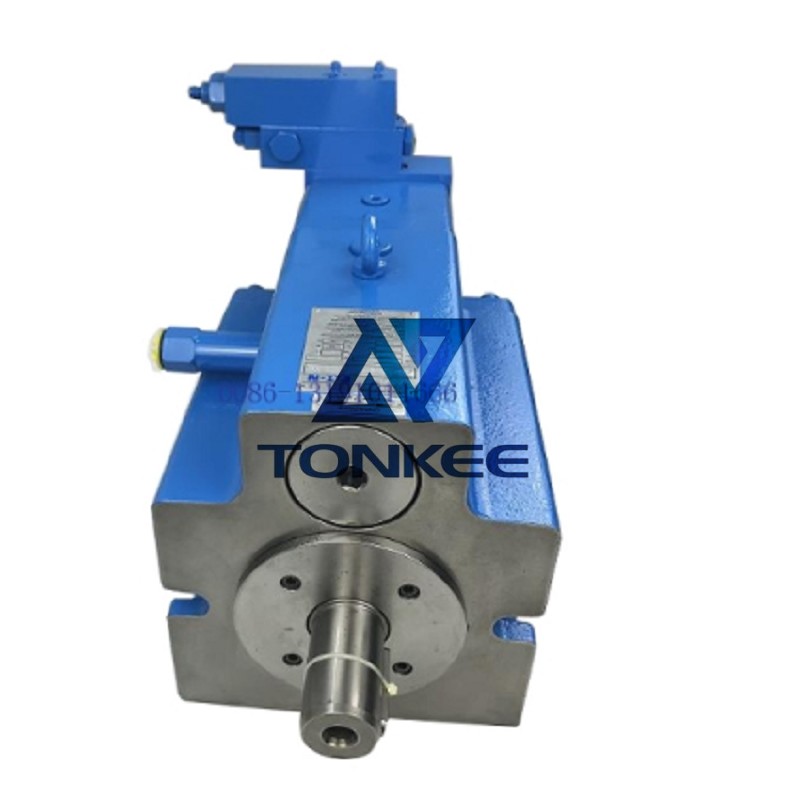
The PVXS Series offers a wide range of displacement options, allowing users to select the right pump to meet their specific application requirements.
The displacements typically range from 16 cc/rev to 250 cc/rev, ensuring versatility in addressing various flow and pressure needs.
High Efficiency:
One of the standout features of the PVXS Series is its exceptional efficiency. The pump is engineered to provide high flow rates while minimizing energy consumption. This not only reduces operational costs but also aligns with environmental sustainability goals by conserving energy resources.
Rugged Design:
The pump's robust construction ensures durability and reliability even in harsh and demanding industrial environments. Its components are designed to withstand wear and tear, ensuring a long service life. This ruggedness is especially important in industries such as construction, agriculture, and manufacturing.
Fluid Compatibility:
The PVXS Series is compatible with a wide range of hydraulic fluids, including mineral oils, synthetic fluids, and fire-resistant fluids.
This compatibility makes it suitable for a variety of hydraulic systems and applications.
Precise Control:
The PVXS Series is equipped with advanced swashplate design and integrated pressure compensator, allowing for precise control of flow and pressure. This feature is crucial in applications that require high precision, repeatability, and response to varying loads. Industries such as materials handling and machine tools benefit from this level of control.
Low Noise Operation:
The pump is engineered to operate quietly, which is vital in applications where noise reduction is a priority. Its low noise emissions make it suitable for indoor applications and environments where noise pollution needs to be minimized.
Modular Design for Easy Maintenance:
Maintenance and serviceability are simplified due to the pump's modular design. This design allows for quick and straightforward replacement of key components, reducing downtime and saving on maintenance costs. This feature is especially important for minimizing disruptions in critical industrial processes.



 English
English Русский язык
Русский язык



